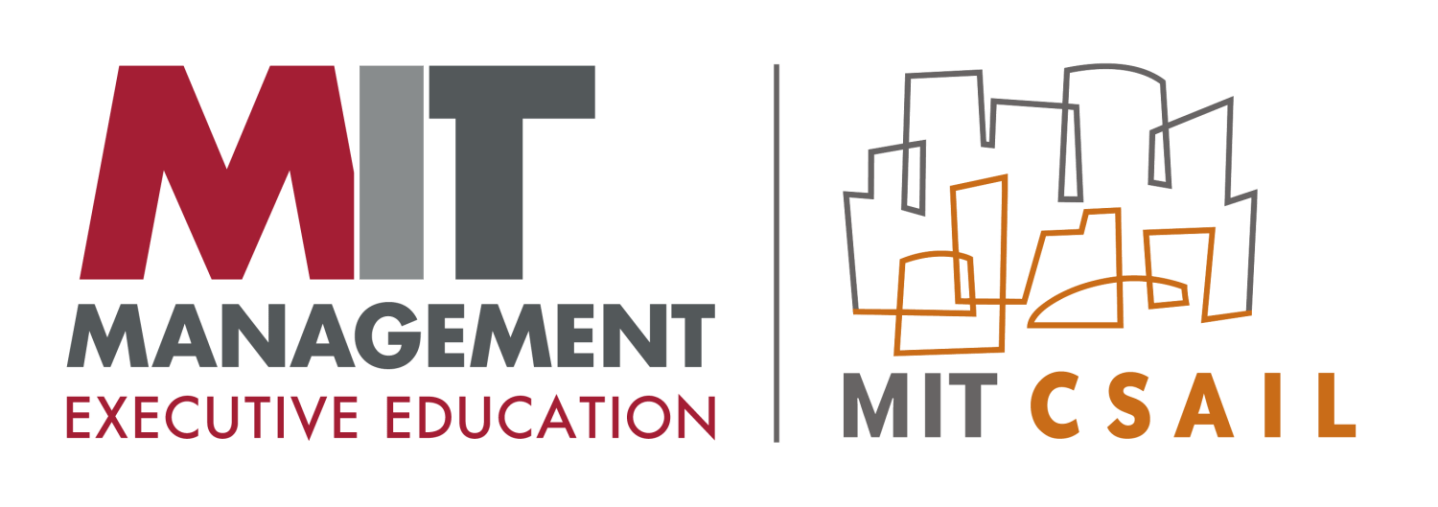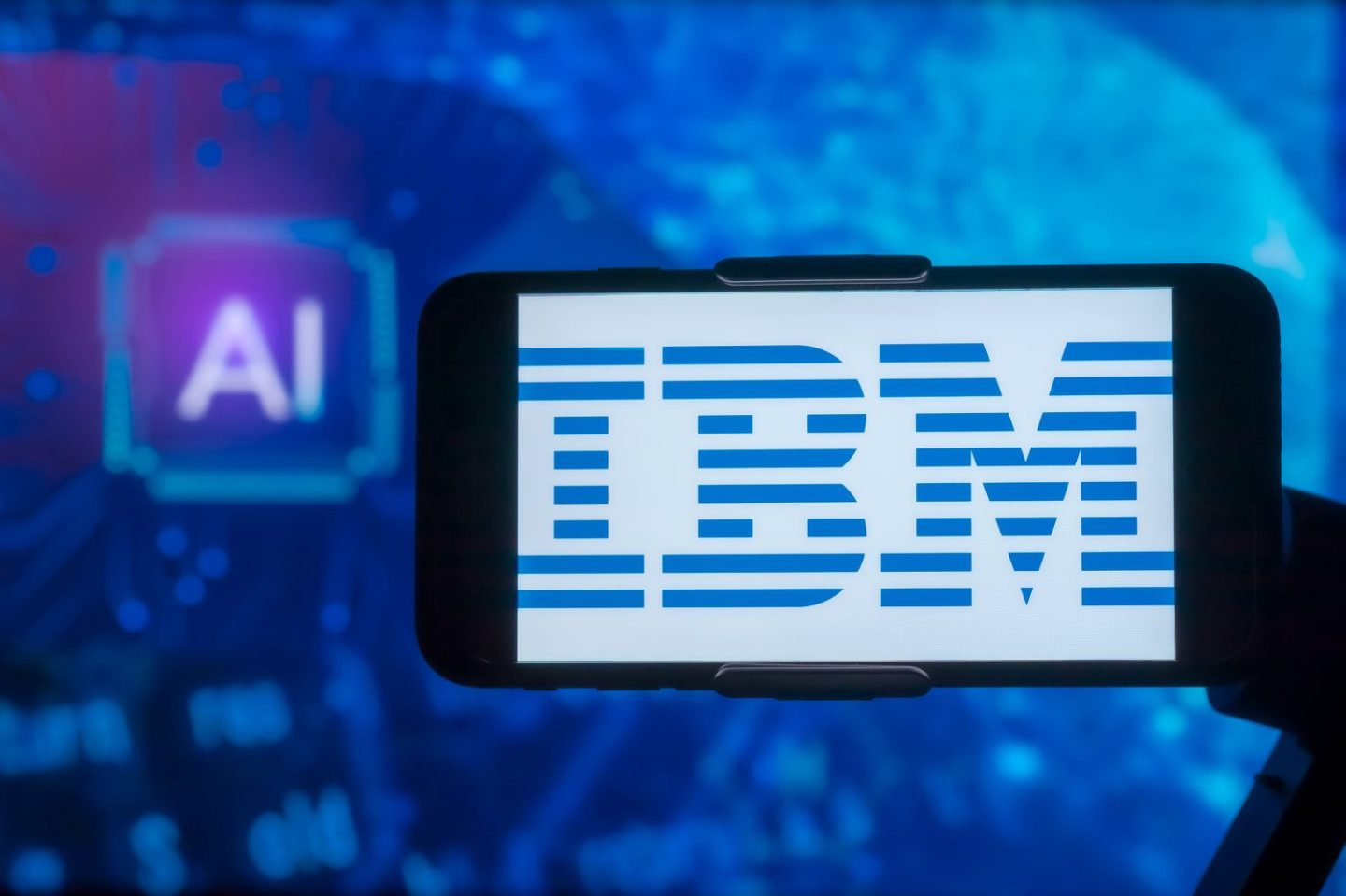Artificial intelligence is on the minds of everyone—from entry-level desk workers to the world’s top leaders.
In fact, it was one of the hottest conversations at the United Nations General Assembly, where representatives of over 20 countries brought it up during speeches at the main stage, according to the Associated Press.
Join a global network of thought leaders and innovators. Understand the changes required across your organization to drive successful AI adoption.

The heightened attention comes as technology like AI is transforming jobs across industries. Based on World Economic Forum projections, this will result in 1.1 billion jobs liable to radical change over the next decade. And a survey by Microsoft notes that over 82% of business leaders say AI growth will require their workers to need new skills.
However, the global skills gap may need addressing sooner than later. According to IBM data, many executives believe AI and automation reskilling needs to happen over the next three years.
IBM is taking this call to action to heart with a new commitment to help close the AI skills gap. By the end of 2026, IBM plans to train 2 million learners in AI—with a focus on reaching underrepresented communities—through free, online trainings as well as educational partnerships.
“We see this as both a societal and a business need,” says Justina Nixon-Saintil, vice president and chief impact officer at IBM. “If you think about the fact that we still have a skills gap, and now we have a new technology that’s accelerating very quickly—generative AI—we want to make sure that we’re not leaving populations behind, especially underrepresented communities.”
IBM previously announced its commitment to skill 30 million students globally by 2030, but between the next three to five years, Nixon-Saintil believes AI is going to proliferate across almost every job role in almost every industry.
“That’s why it is so important to make sure that we are focused on everyone having access to the right skills and the right tools for them to be successful,” she tells Fortune. “Otherwise, we’re just going to widen the skills gap.”
Online training through SkillsBuild
More than 1,000 courses on in-demand subjects are offered through IBM’s free learning platform, SkillsBuild. With pathways for high school learners, all the up to adults, students are able to learn both hard and soft skills on their own time.
Lydia Logan is IBM’s vice president of global education and workforce development, corporate social responsibility.
She says on top of having no costs, SkillsBuild’s customization—as well translation across dozens of languages—is what helps it stick out among the various skills training opportunities on the market.
“There are some other options out there that are free, but I would say not with the breadth and depth of what we offer,” Logan tells Fortune. “The other is that we offer content, particularly through partners, so they have access to some premium content in up to 20 languages.”
Similar to how internet access is quintessential to many jobs, Nixon-Saintil says knowing AI will soon be necessary for careers of the future.
SkillsBuild’s new generative AI roadmap offers coursework like Prompt-Writing, Improving Customer Service with AI, and Generative AI in Action. This is on top of existing learning opportunities in AI chatbots and ethics.
After course completion, learners obtain a digital credential from IBM.
Reaching all learners
IBM also partners with universities, NGOs, and government agencies to not only provide tech training, but also to target particular populations that have historically been left out of the tech sector like women, refugees, and veterans, Logan says. The company also has special relationships with organizations working with neurodivergent individuals.
“Through our partnerships, we’re really able to target populations and then we’re able to, through the open side of SkillsBuild, make these education opportunities available to anyone,” Logan adds.
Last year, the company announced a partnership with 20 historically Black colleges and universities (HBCUs) like North Carolina Central University and Morgan State University to fill the cybersecurity skills gap through the creation of cybersecurity leadership centers. IBM plans to build upon these relationships to also train students in generative AI and machine learning.
Teachers, too, are offered training in AI and other latest technology to best prepare their students for their educational and career pathways. Faculty from universities across the globe—from the U.S. and Brazil to India and Egypt—have participated.
“I think that there’s a business imperative just to make sure that people understand your AI and are skilled in it,” Nixon-Saintil says. “And I think that’s going to help businesses like IBM, it’s is going to help our clients, and it’s going to help governments and it’s going to help society at large.”
She notes she is an advocate for a “skills-first agenda,” which IBM has in part put into practice by eliminating four-year degree requirements for half of the company’s U.S. jobs.
Overall, though, Logan is excited about the promise of AI and the future of work—noting that it has the opportunity to be a great equalizer.
“It can be something that helps people with disabilities or helps people in remote locations and helps people level the playing field,” Logan adds. “I think where we need to really lean in and that’s why we’ve made this commitment is making sure we don’t leave anyone behind.”
Become a skilled data science and AI professional with the AI & Data Science Certificate. Designed by industry experts, this program offers hands-on training in Python, SQL, automation, and AI integration. Master essential skills in data manipulation, advanced querying, and AI-driven problem-solving. Tailor your learning with advanced Python techniques to enhance your coding capabilities.







